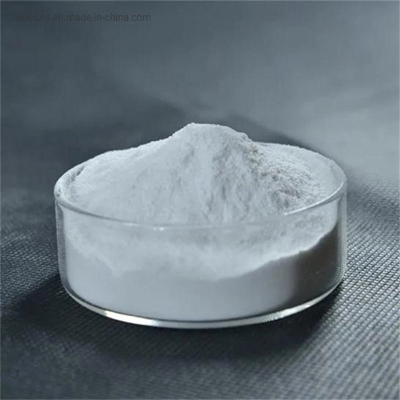-
Categories
-
Pharmaceutical Intermediates
-
Active Pharmaceutical Ingredients
-
Food Additives
- Industrial Coatings
- Agrochemicals
- Dyes and Pigments
- Surfactant
- Flavors and Fragrances
- Chemical Reagents
- Catalyst and Auxiliary
- Natural Products
- Inorganic Chemistry
-
Organic Chemistry
-
Biochemical Engineering
- Analytical Chemistry
- Cosmetic Ingredient
-
Pharmaceutical Intermediates
Promotion
ECHEMI Mall
Wholesale
Weekly Price
Exhibition
News
-
Trade Service
Single-stranded RNA plant viruses not only code for viral proteins within their RNA genomes, they often maintain elaborate RNA secondary structures. These structures can be integral to a variety of viral processes, such as viral translation, genome replication, subgenomic mRNA transcription, and genome encapsidation. RNA secondary structures may function to recruit and bind
trans
-acting protein factors, or may become part of higher order tertiary RNA structures, which themselves may be functionally relevant. To fully understand such viral RNA elements and their mechanisms of action, it is necessary to first determine their secondary structures.Computer modeling based on free energy minimizing principles is generally used as an initial approach to predict potential RNA secondary structures in a sequence. The most popular program is
mfold
, which is available for free to the public at(
1
). Though useful starting points, the
mfold
-predicted structures must be confirmed by more direct experimental approaches. Solution structure probing of RNA is a commonly utilized technique that provides information regarding the secondary structure of an RNA primary sequence in solution. This process involves treating the RNA of interest with enzymes or chemicals that modify RNA differentially based on its secondary structure. The modified sites, at either single- or double-stranded regions, can be subsequently identified by primer extension and gel electrophoresis. Data from solution structure probing experiments can be superimposed onto a computer-predicted structure to further help confirm or refine the predicted RNA secondary structure model.






